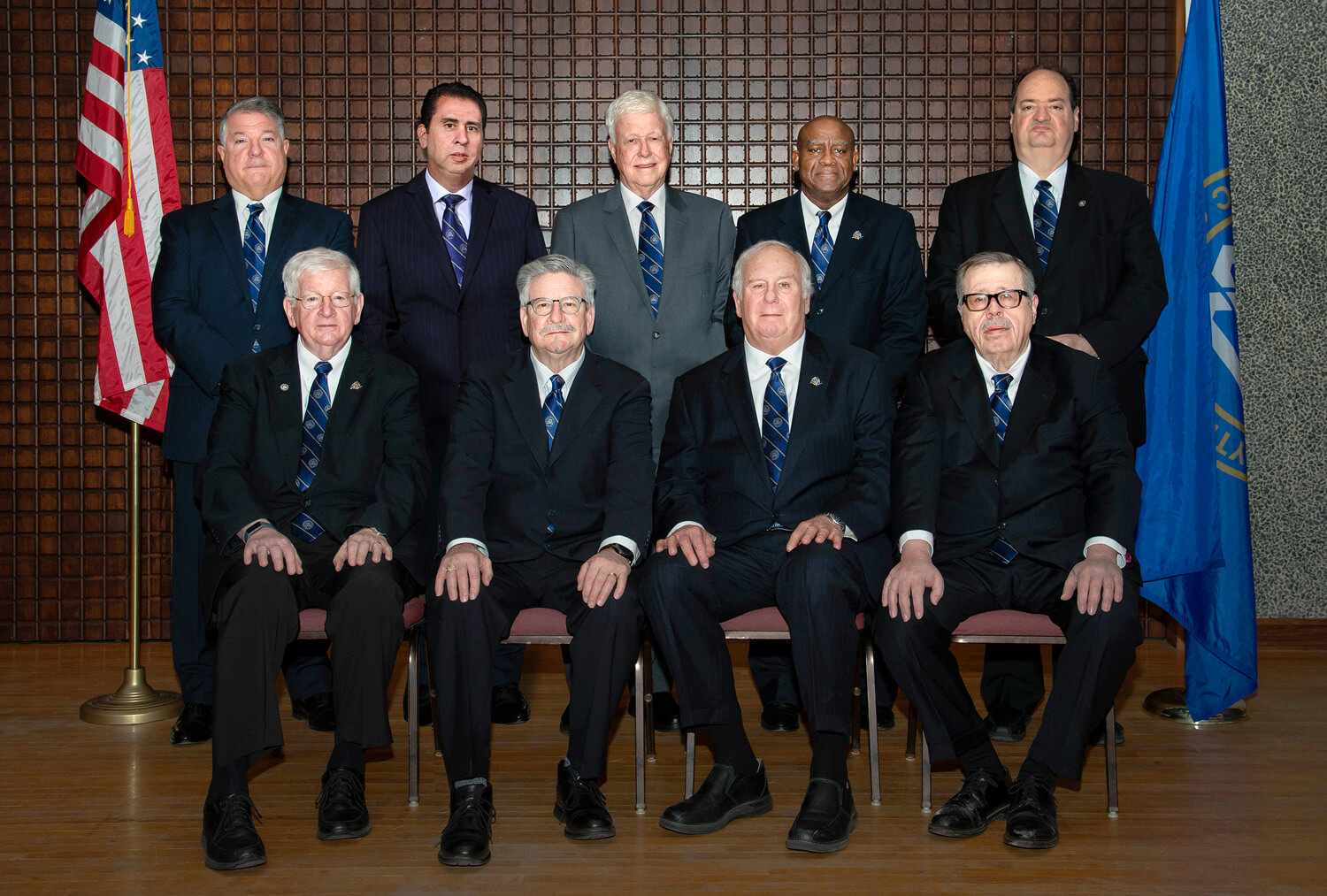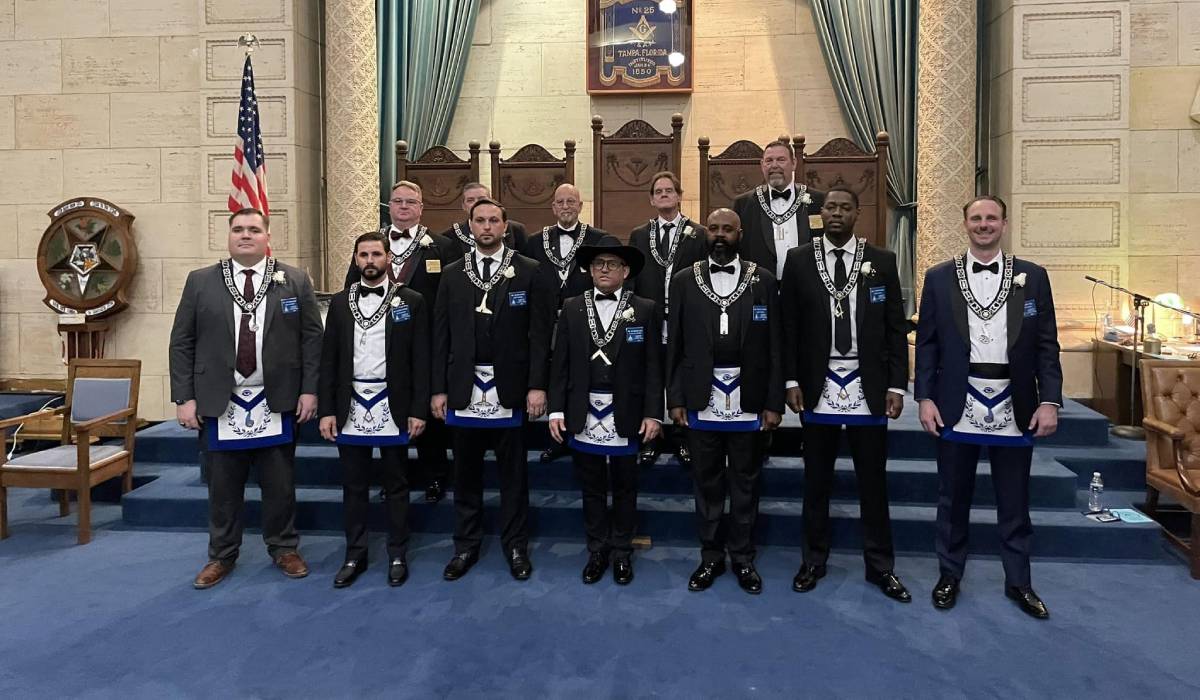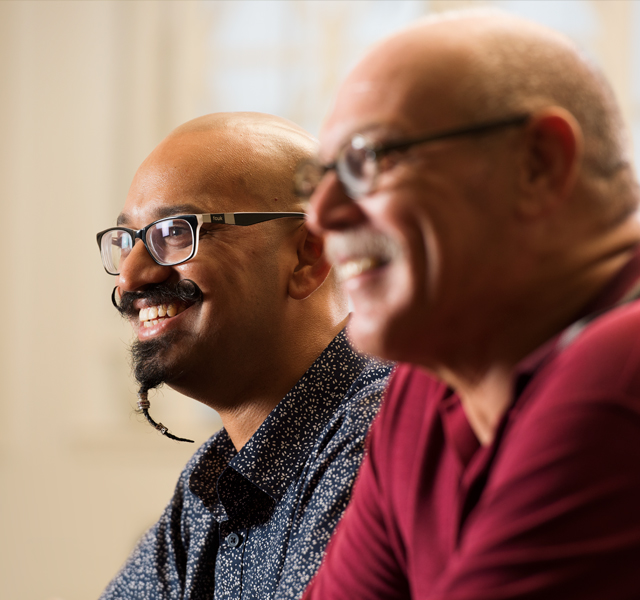Practical Advice on How to Successfully Join Freemason in Your Region
Practical Advice on How to Successfully Join Freemason in Your Region
Blog Article
Exploring the Mysteries of the copyright: What You Need to Know
The copyright, a term often shrouded in intrigue and conflict, represents a complicated tapestry of historical fact and contemporary misconception. Developed in the late 18th century, this secret culture was initially rooted in the Knowledge's ideals yet has actually considering that ended up being identified with conspiracy theory theories concerning elite control.
Beginnings of the copyright
The origins of the copyright are soaked in a mix of historical intrigue and ideological fervor. Established in 1776 in Ingolstadt, Bavaria, by Adam Weishaupt, the team was at first created as a secret society targeted at advertising Knowledge suitables such as factor, secularism, and the splitting up of church and state. join freemason. Weishaupt, a professor of canon law, looked for to test the prevailing authority of the church and state, which he deemed oppressive establishments suppressing intellectual and individual flexibility
The copyright looked for to recruit significant participants from numerous social sectors, including politics, academic community, and the arts, to cultivate a network devoted to these Enlightenment principles. The society operated under a shroud of privacy, using coded language and routines to secure its members from oppression, particularly given the repressive climate of the moment. The copyright faced significant resistance from both governmental authorities and spiritual organizations, which watched the group as a danger to their power.
Secret Figures and Participants
Who were the critical numbers that formed the copyright's very early influence and instructions? The Bavarian copyright, started in 1776 by Adam Weishaupt, became an action to the oppressive social frameworks of the time. Weishaupt, a law teacher, imagined the organization as a method to promote Enlightenment ideals such as factor, secularism, and equality. His first recruitment initiatives included influential intellectuals, such as Baron von Knigge, that played an essential duty in broadening the group's subscription and organizational framework.
One more substantial figure was Johann Gottlieb Fichte, a prominent theorist whose concepts on nationalism and education reverberated with the copyright's objectives. Although Fichte was not an official participant, his philosophical supports influenced the team's ideology. Furthermore, numbers like the author and thinker Johann Wolfgang von Goethe were related to the broader intellectual movements of the time, although their direct involvement with the copyright stays discussed.
These essential figures added to the copyright's very early direction, pressing the limits of political and social idea, while their collective initiatives intended to challenge well-known norms and promote an environment of dynamic change in Europe. (join freemason)
Myths vs. Truth
Many misconceptions surround the copyright, frequently blending fact with fiction in a method that covers its true nature. The notion that the copyright continues to put in considerable impact over globe events is a myth.
One more prevalent myth is that the copyright makes up a network of elite people manipulating worldwide events. Actually, numerous conspiracy theories exaggerate the team's value, connecting unproven motives to social trends and events. This has actually brought about an oversimplified view of complicated issues.
Furthermore, the portrayal of the copyright in pop culture usually further misshapes its heritage. Movies and literary works have a tendency to sensationalize the organization's duty, creating a story that diverges from historical realities. Comprehending the distinction in between the myths and the reality of the copyright is crucial for discerning the authentic effect of this historical group and recognizing the broader effects of conspiracy theory concepts in contemporary society.

Modern Analyses
Contemporary interpretations of the copyright often mirror more comprehensive social anxiousness and an attraction with privacy and power. This modern lens often connects the copyright with conspiracy theory concepts that suggest a hidden elite orchestrates globe occasions, adjusting federal governments and economic situations for their own gain. Such narratives take advantage of a deep-rooted wonder about of authority, especially in times of situation or social turmoil.
In pop culture, the copyright is commonly depicted as a supreme organization shrouded special info in enigma, leading to a wide variety of imaginary representations in literary works, film, and songs. This portrayal serves not only to entertain yet additionally to provoke assumed about the nature of power and control in modern culture. Social media has even more magnified these interpretations, enabling fast dissemination of conspiracy theory find out this here theories and producing communities that share and broaden upon these ideas.
In addition, some modern interpretations frame the copyright as an allegory for the complexities of globalization and the interconnectedness of influential people and companies. This viewpoint motivates a vital evaluation of how power characteristics run in today's globe, highlighting the equilibrium between transparency and privacy in governance and corporate techniques.
Cultural Effect and Tradition
Influenced by centuries of intrigue, the cultural influence and heritage of the copyright expand much beyond its historical origins. This secret society, developed in the late 18th century, has permeated various elements of prominent society, from literary works and movie to music and art. join freemason. The idea of the copyright has advanced into an icon of conspiracy theory theories, commonly representing a perceived covert power manipulating worldwide events
In literary works, authors like Dan Brown have actually woven the copyright into elaborate stories, exciting readers with motifs of privacy and power. Movies such as "National Treasure" and "The Da Vinci Code" additionally continue the allure of the culture, mixing reality with fiction to produce appealing narratives.

Eventually, the copyright's heritage is he said a complex tapestry of misconception and fact, shaping perceptions of privacy and control in modern discourse. Its long-lasting existence in society emphasizes humankind's seasonal quest for comprehending covert truths.

Verdict
The expedition of the copyright reveals a complicated interaction between historical facts and modern-day myth-making. Established in the Knowledge age, this society intended to challenge overbearing frameworks, yet its tradition has been eclipsed by conspiracy theory theories that suggest elite manipulation. Understanding the differences between the original ideals and modern analyses is vital for understanding the withstanding fascination with the copyright and its considerable influence on social narratives bordering power and secrecy in culture.
Report this page